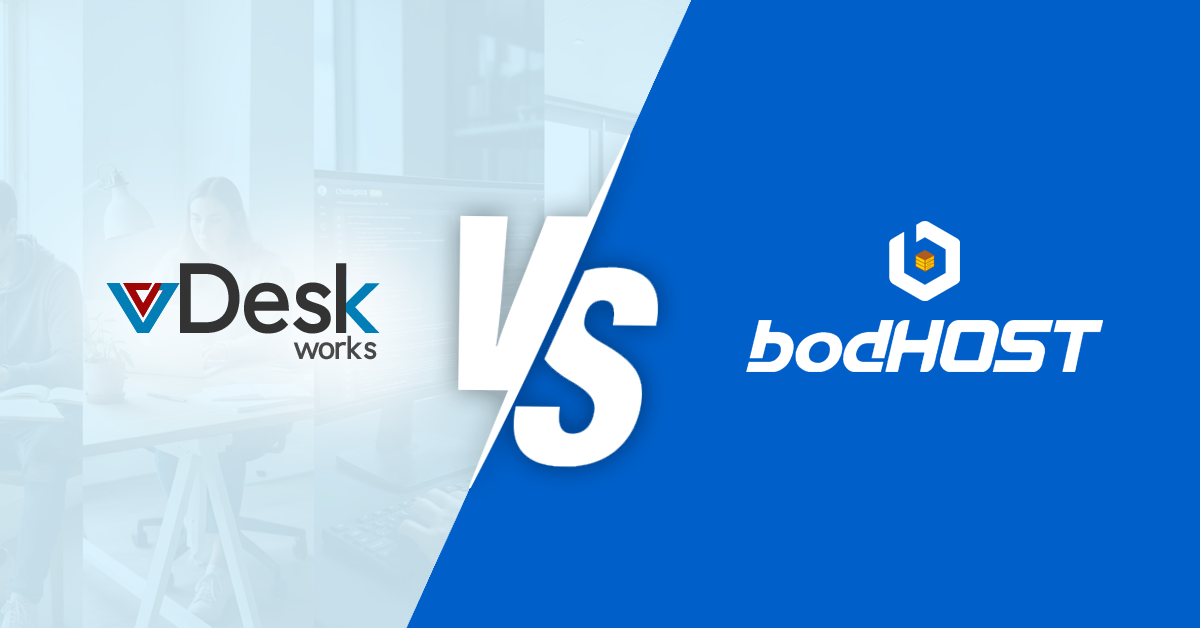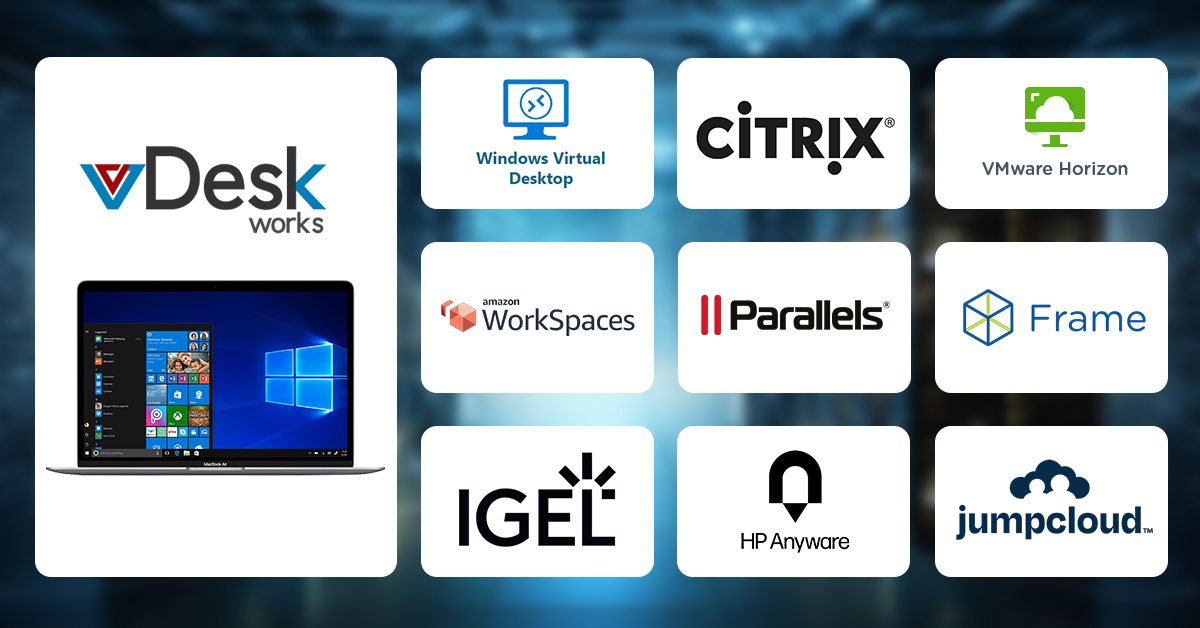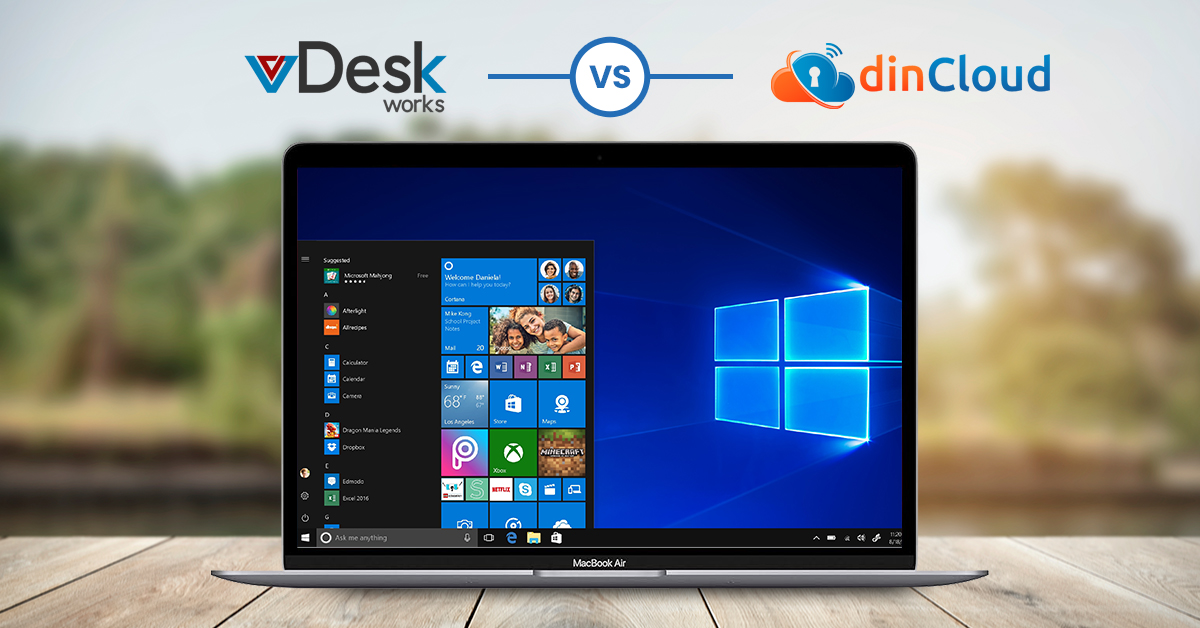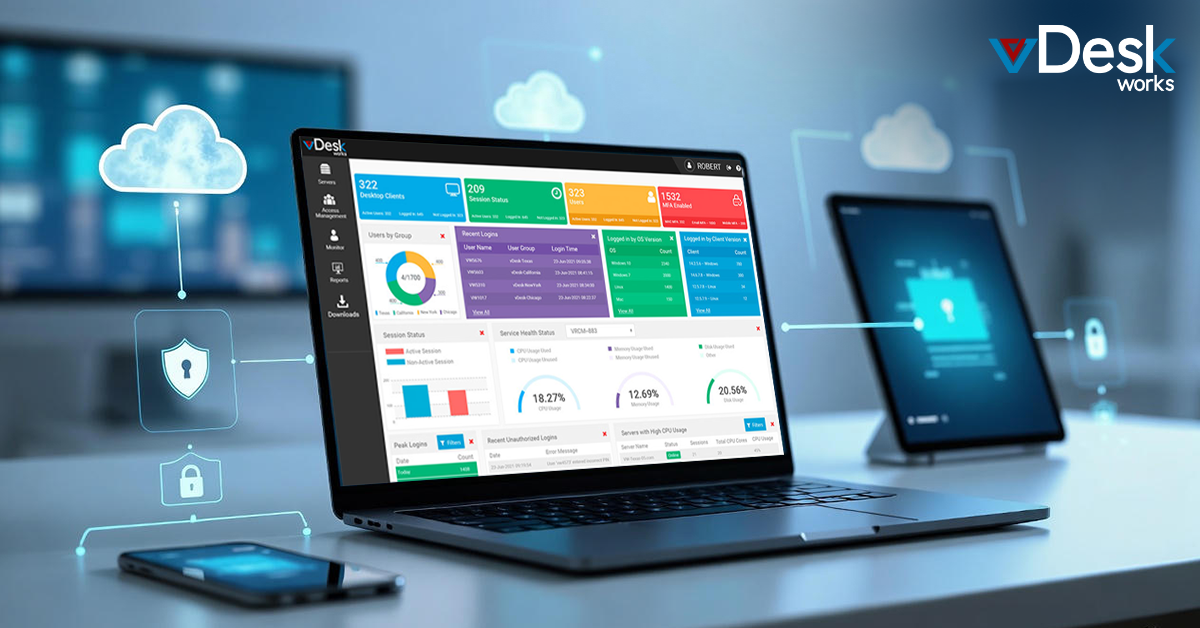Technology is constantly evolving. Companies of all sizes and industries must be aware of changing trends to keep up with competitors. One emerging trend is virtual desktop infrastructure (VDI) architecture. VDI architecture enables the remote delivery of virtual desktops and applications. vDesk.works is a leading VDI architecture platform. In this article, we will go over the features and benefits of VDI architecture.
Features of VDI as a Service Architecture
Some key features of VDI as a Service architecture include flexibility, security, and integration with other applications. These features can help increase productivity within a company. These features are explained in more detail below.
1. Flexibility
VDI systems are highly flexible. Users can access and work on virtual desktops from any device and operating system. In addition to smartphones, computers, and tablets, virtual desktops can also be accessed on thin clients. When using VDI as a Service systems, companies can save on costs since employees can use their own devices.
2. Security
VDI architecture can also improve a company’s security measures. Many VDI systems like vDesk.works include security measures like firewalls, anti-virus protection, single sign-on (SSL) measures, and multi-factor authentication (MFA). Only authorized users can access the VDI system. Furthermore, many VDI as a Service provider comply with regulations such as PCI and HIPAA. Another way that VDI as a Service system are more secure than regular computers is that data is stored on the remote server rather than the device itself.
3. Integration with Other Applications
Many VDI systems like vDesk.works can work alongside other applications. For example, vDesk.works can work alongside Microsoft Azure. Managers can also add software licenses to the central company server. These software licenses can include QuickBooks, SigerTax, Adobe Creative Cloud, and AutoCAD.
Benefits of VDI as a Service Architecture
Now that we’ve discussed some of the main features of VDI architecture, let’s talk about the benefits of using these virtual desktop systems.
1. Cost Savings
When companies implement VDI systems, they can save money. Since employees can use their own devices in the workplace, managers don’t have to spend company funds on providing devices for all employees. Employees can also get more use out of older devices this way. VDI systems also use pay-only-for-what-you-use models, so companies aren’t paying for features they do not need or use. These features can be added at a later date. Often, managers will distribute software licenses as needed instead of paying for subscriptions for each employee.
2. Remote Access
VDI as a Service systems make it easier for companies to work in remote or hybrid environments. Since virtual desktops can be accessed on any device and operating system, employees can work on tasks from home just as easily as they can in the office. The flexibility makes it easy for users to access information on the go and collaborate with coworkers in different locations.
3. Centralized Management
VDI as a Service system like vDesk.works make it easy for companies to have centralized management. Virtual desktops systems are highly scalable, so users and devices can be quickly added or removed from the central server. This level of scalability is helpful for organizations that hire on a seasonal basis or experience high rates of employee turnover. Managers can also remove lost or stolen devices from the infrastructure so sensitive company information does not fall into the wrong hands.
Potential Downsides of VDI as a Service Architecture
While VDI does have many benefits, there are some potential downsides that users should be aware of. One of these downsides is that there is the possibility that the infrastructure can go down if it is hacked or is affected by a power outage. However, most VDI systems have security measures to prevent hackers from accessing the system. Most data centers include redundant internet and power sources. Furthermore, disaster recovery plans can be implemented that backs up the data so users can pick up where they left off in the event of a power outage. Overall, the benefits of using VDI architecture outweigh these potential downsides.
Businesses will have to adopt new technological trends as our world becomes more digital. One of these trends is VDI as a Service architecture. Some of the key features of VDI architecture include increased flexibility, increased security, and the ability to work alongside other software systems and applications. Organizations can benefit from using VDI architecture because it allows for cost savings, remote access, and centralized management.
There are many VDI as a Service systems currently on the market. If companies want to use the fastest and most efficient virtual desktops, they should use vDesk.works. vDesk.works is a leading provider of virtual desktop solutions. To learn more about vDesk.works’ VDI architecture, visit https://vdeskworks.com/.


 Lauren King
Lauren King
















